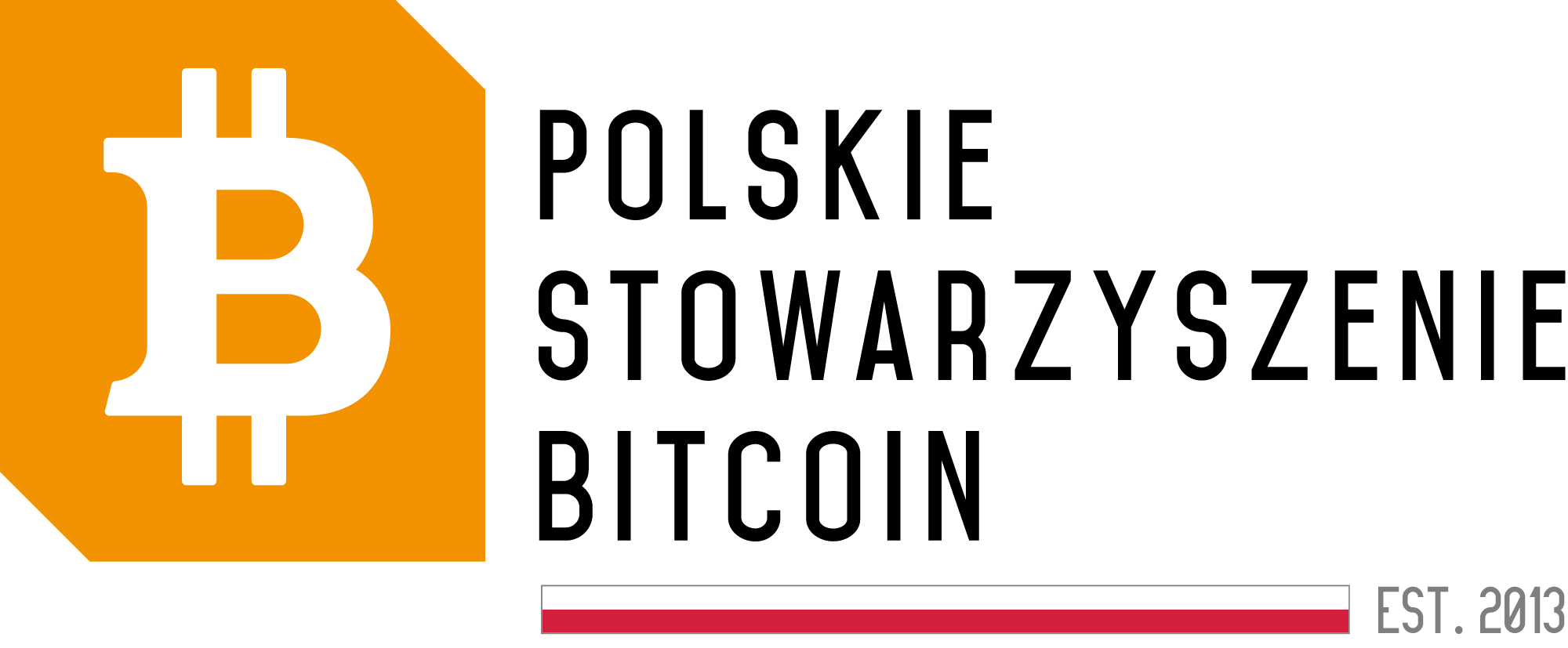accumulation/distribution indicator
The Accumulation/Distribution indicator, also known as ADL (Accumulation/Distribution Line), is a tool of technical analysis primarily used in trading financial assets, including trading crypto assets. This indicator helps investors assess whether a particular asset is gaining popularity (accumulation) or losing interest (distribution) among market participants.
How does the Accumulation/Distribution indicator work?
ADL is based on the assumption that trading volume is a significant indicator for evaluating the strength of price movement. This indicator compares price changes of an asset with its trading volume to determine whether it results from accumulation (buyers dominating the market) or distribution (sellers dominating the market).
How to interpret the ADL indicator?
During the analysis of the Accumulation/Distribution indicator, investors pay attention to changes in the indicator value relative to changes in asset prices. When ADL rises in conjunction with the price, it indicates accumulation of the asset, suggesting further price increases. Conversely, a decline in ADL value along with a drop in prices may indicate distribution, signaling potential downturns.
Advantages and limitations of the ADL indicator
The Accumulation/Distribution indicator can be a useful tool for confirming price trends and identifying potential trend reversals in the market. However, like any technical analysis tool, it is not without flaws. The ADL indicator does not always provide clear signals and should not be used as the sole decision-making criteria for investments.
In conclusion, the Accumulation/Distribution indicator can be helpful in analyzing price trends in the crypto assets market, but it should be used prudently and in conjunction with other technical analysis tools.






